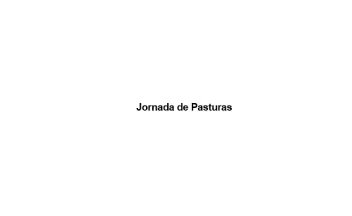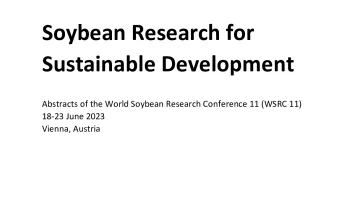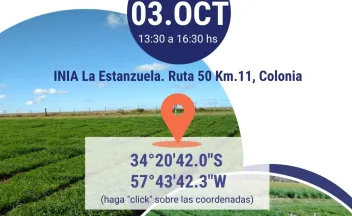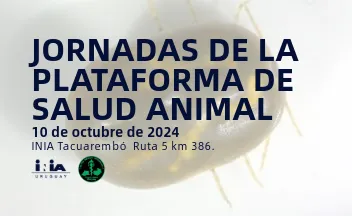Verdeos de invierno. Avena Columba y raigrás Winterstar 3.
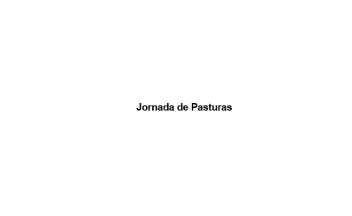
Los verdeos de invierno, en este caso avena Columba y raigrás Winterstar 3 son gramíneas anuales que se caracterizan por producir un alto volumen de forraje en un corto período de tiempo lo cual los hace un componente fundamental de los esquemas de producción forrajera en años deficientes, pero también en aquellos años donde las condiciones de producción son adecuadas y en un momento donde las pasturas perennes disminuyen su tasa de crecimiento.


